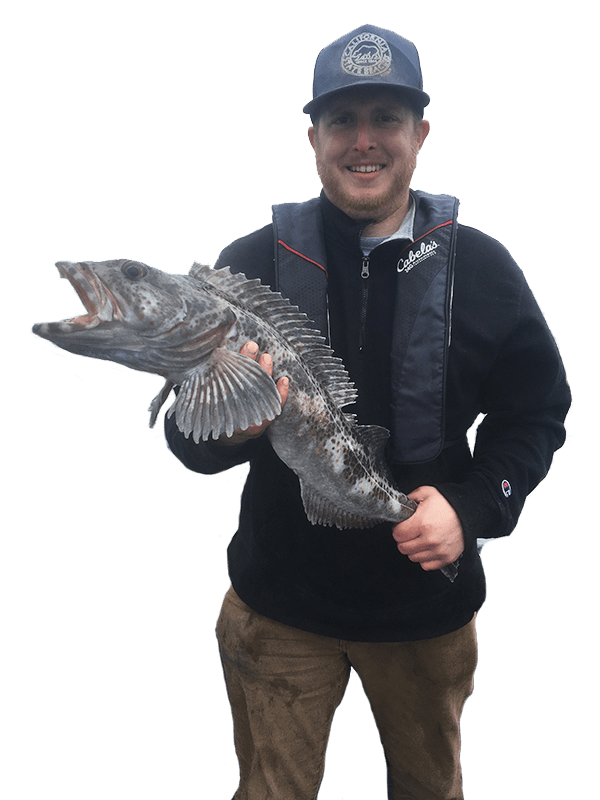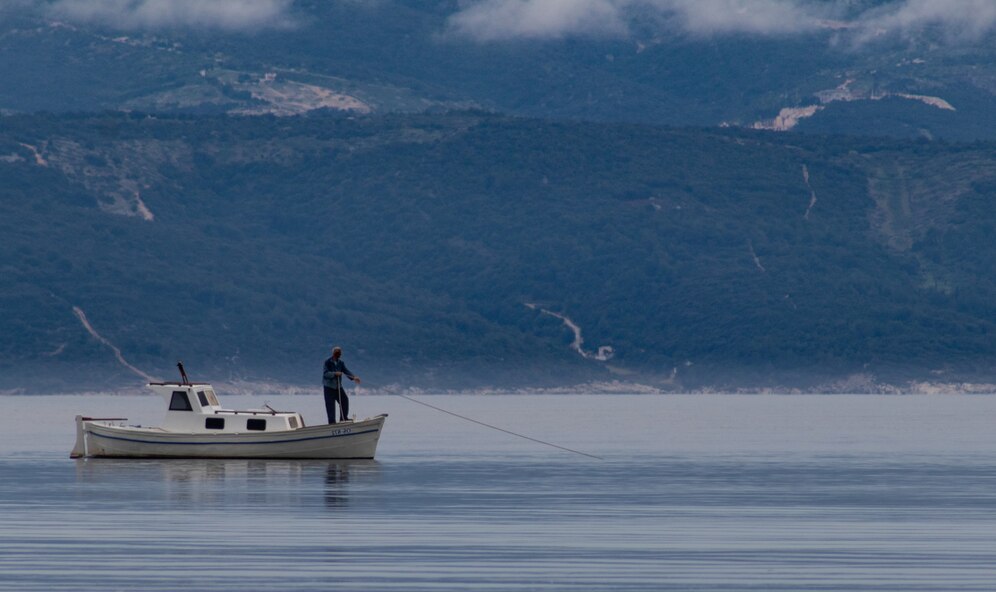How Weather Can Affect Your Oregon Fishing Trip
Fishing in Oregon is a year-round adventure, offering everything from tranquil lakes to challenging rivers. However, one of the most crucial factors that can significantly impact your fishing success is the weather. Understanding how different weather conditions affect fish behavior can make your Oregon fishing trip more productive and enjoyable. Here’s a comprehensive guide to help you navigate the weather’s influence on your fishing experience in Oregon.
Temperature Changes
Cold Weather: During the colder months, fish metabolism slows down, making them less active. This is why fishing can be more challenging in winter. Opt for slower presentations, such as trolling with live bait or using smaller, slower-moving lures. Focus on deeper waters where fish seek warmth and food.
Warm Weather: As temperatures rise, fish become more active, especially in the early morning and late evening when the water is cooler. Summer months are great for targeting species like bass and trout. Fish tend to stay in shallower waters, so look for structures like rocks, logs, and weed beds where they can find shade and food.

Barometric Pressure
Barometric pressure, or atmospheric pressure, plays a significant role in fish behavior. Fish are sensitive to changes in pressure, which can affect their feeding patterns.
High Pressure: When the barometric pressure is high, fish tend to become more sluggish and less active. This is often associated with clear skies and stable weather. During high-pressure days, focus on using slower-moving baits and techniques, such as jigging or bottom bouncing.
Low Pressure: Low pressure typically occurs before a storm and can trigger feeding frenzies. Fish are more likely to be active and aggressive, making it an ideal time for catching them. During low-pressure conditions, use larger lures or live bait to attract hungry fish.
Wind Conditions
Wind can have a significant impact on fishing, affecting both fish behavior and your fishing techniques.
Calm Days: On calm days, fish tend to be more cautious and less active. Use finesse techniques such as drop-shotting or slow trolling with light lines. Fishing in the early morning or late afternoon can also increase your chances of success when fish are more active.
Windy Days: Wind can create choppy waters, which often push fish into shallower areas where they feel more secure. Wind can also stir up the bottom, increasing the availability of food for fish. Use heavier lures and larger baits to cover more water and target fish in the areas where the wind is pushing them.
Rain and Precipitation
Rain can have both positive and negative effects on fishing, depending on the time and intensity.
Light Rain: Light rain can improve fishing conditions by increasing oxygen levels in the water and triggering feeding activity. Fish are often more active and less wary, making it a great time to use natural baits and lures. Trout and steelhead, in particular, tend to bite well during light rain.
Heavy Rain: Heavy rain can cause water levels to rise quickly, making fishing more challenging. Fast-moving water can displace fish, making them harder to locate. However, heavy rain can also create new feeding opportunities, so focus on areas with slower currents or eddies where fish gather.
Cloud Cover
Cloud cover can significantly affect fishing conditions, influencing fish behavior and the effectiveness of your techniques.
Overcast Days: Cloudy skies are often ideal for fishing, as they reduce light penetration, making fish less wary. Overcast conditions can trigger more active feeding, especially for species like bass, trout, and salmon. Use bright or dark-colored lures to stand out in the murky water.
Clear Skies: Clear, sunny days can make fish more cautious, as they can see you and your bait more easily. Fish tend to seek deeper, cooler waters during midday heat. Use natural-colored baits and fish in shaded areas or underwater structures to avoid spooking the fish.
Seasonal Changes
Seasonal weather changes also play a crucial role in fishing success in Oregon.
Spring: Spring is a prime time for fishing as temperatures warm up, and fish become more active. Rain and melting snow increase water flow, creating ideal conditions for trout, steelhead, and salmon. Focus on rivers and streams with good flow rates and use a variety of baits and lures.
Summer: Summer fishing can be challenging due to high temperatures, but early morning and late evening are still productive. Fish tend to stay in cooler, deeper waters during the heat of the day. Use topwater lures in the morning and switch to deeper diving lures or live bait in the afternoon.
Fall: Fall is a fantastic time for fishing in Oregon. Cooler temperatures and lower water levels make fish more concentrated in certain areas. This is an excellent time for targeting salmon, steelhead, and bass. Use natural baits and lures that mimic the fall forage.
Winter: Winter fishing requires special techniques and gear. Fish are less active, so slow-moving baits and deep-water fishing are key. Focus on deeper pools and slower currents where fish seek warmth and food.
Time of Day
The time of day can also influence fish behavior and your fishing success.
Early Morning: Fish are often more active in the early morning when temperatures are cooler. This is a great time for topwater fishing and using lures that mimic surface insects or small fish.
Late Evening: Similar to early morning, late evening can be a productive time for fishing. As the sun sets and temperatures cool down, fish may become more active and willing to feed.
Midday: During midday, especially on hot summer days, fish tend to be less active and may retreat to deeper waters or shaded areas. Adjust your fishing techniques accordingly, focusing on deeper waters or slower presentations.

Local Knowledge and Adaptability
Local knowledge is invaluable when it comes to understanding how weather affects fishing in specific locations. Talk to local anglers, visit bait shops, and check online forums for up-to-date fishing reports and tips. Be prepared to adapt your fishing strategy based on real-time weather conditions and fish behavior.
Weather is a dynamic factor that can either enhance or hinder your fishing experience in Oregon. By understanding how temperature changes, barometric pressure, wind conditions, precipitation, cloud cover, seasonal changes, and time of day affect fish behavior, you can adjust your tactics for a more successful fishing trip. Always check the weather forecast before heading out and be prepared with the right gear and techniques. Whether you’re fishing for trout in a mountain lake or chasing steelhead in a coastal river, paying attention to the weather can make all the difference in your Oregon fishing adventure. Happy fishing!
Schedule your Oregon Fishing Charter Today!




Recent Comments